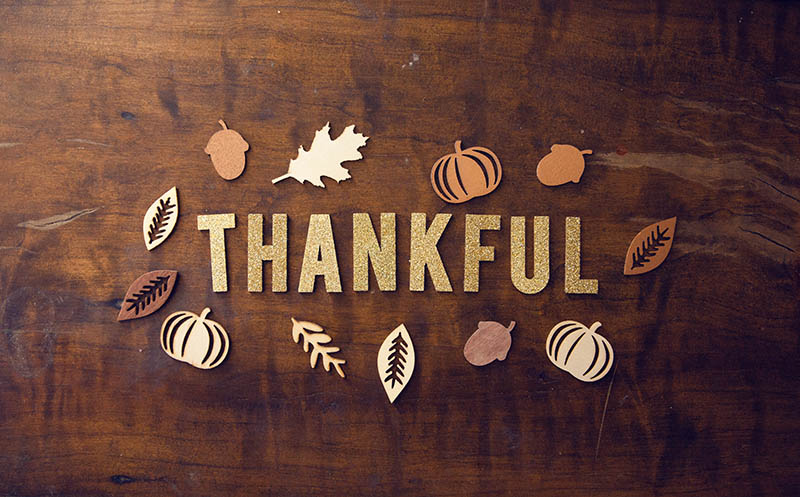
[Flash] There Are No Evil Mentors
Recently clients have asked me the following questions:
- How can we prevent harmful Mentors from destroying our program?
- How do we ensure the honest motive of our Mentors?
- What should we do if dreadful Mentors get into the program?
My response: There are no evil Mentors.
I’ve worked with Mentors for almost 20 years, and I’ve never met one determined to ruin a Mentee.
Disgruntled people don’t sign up to be Mentors. It’s discordant to be disengaged and engaged simultaneously. Even when these people are volun-told to be Mentors, they typically find an excuse to escape.
No one joins a mentoring program intent on destroying the program or a Mentee. People participate because they want to contribute, not contaminate.
Could they fumble, fluster, and flail and even express their frustration about the program and/or their experience? Sure! Because being a Mentor is as much a development experience for Mentors as it is for Mentees.
Here’s the secret: people learn how to mentor others when they actually start mentoring others.
Sadly, most people cower from the challenge because they feel inexperienced, untrained, and unprepared to mentor others. Understandably, they don’t want to fail. But Mentees can be very forgiving when Mentors demonstrate authenticity and perseverance.
A senior leader once admitted, “I would love to mentor, but I don’t know how.” While his vulnerability was refreshing (…most people just say, “I’m too busy!”) it was a missed opportunity for him and the organization!
How can we rouse people to courageously mentor others?
- Model it
- Offer mentor training
- Encourage practice
- Frame it as development – it’s an essential leadership skill!
- Launch mentoring programs
- Nominate people to be mentors
- Share mentoring resources and articles
- Applaud people who mentor others
There are no evil mentors. Just inexperienced people who want to make a difference.
![]()





